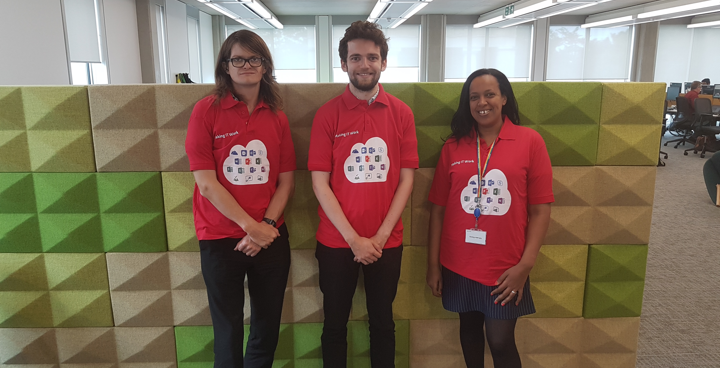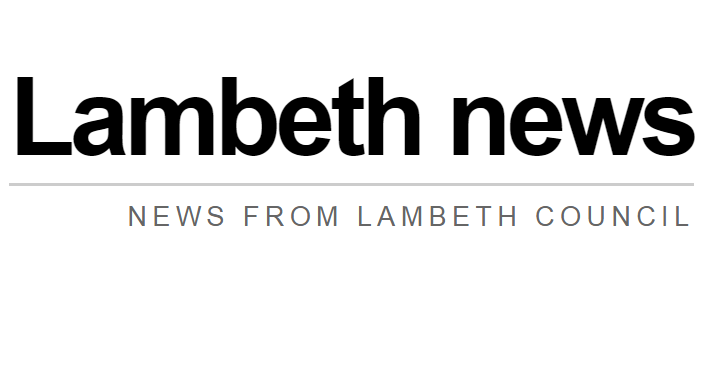
When we think of valuable assets, we often think of buildings, technology and people. I think there’s another asset, perhaps the most important one, that is consistently undervalued because it’s so ubiquitous. Information. A local council has a treasure trove of useful, powerful and valuable information.
Information is all around us. It’s expressed in words, photos, diagrams, and lines of code. Information is constantly flowing from one person to another, around our organisation, through conversations, emails, meetings and instant messages. The right information getting to the right person at the right time can save someone’s life. It can be the difference between a good choice and a bad one. It separates serendipity, someone stumbling upon an invaluable piece of information just when they need it, from catastrophe, an essential detail or fact being missed with devastating consequences.
Making IT Work, for everyone
Lambeth’s Making IT Work project looks at how Office 365 technology can be better used to improve services and productivity. We see part of our role, and the role of this technology, as helping information flow smoothly between people and systems.
Take for example our in-house Consultation and Engagement team, who help officers at Lambeth Council engage with residents and community groups.
Unfortunately, some staff members were not aware of this team and what they do. Furthermore, some were not aware of how they could get their help on a project. In other words, the information flow about the team and their processes was disrupted, not reaching the people who needed it.
How can technology help? We helped the team refine and advertise their intranet site to make it the central point of information about the team and their work. And to make it easier to request their support, we developed a simple form using Microsoft Forms that any staff member could complete. We then used Microsoft Flow, an automation tool in Office 365, to ensure that information went straight to the team and was logged in a central spreadsheet.
‘Ordering a new design is as easy as shopping online’
Since then, it’s been easier than ever to get support from the Consultation and Engagement team and easier than ever for the team to manage their work. We’ve done similar work to ensure that ordering a new design is as easy as shopping online, to get customer complaints about a particular service area routed immediately to the right managers, to get key decision documents sent for the correct approvals, and even to generate automatic reminders when things need to be updated.
To us, navigating local government can still sometimes feel like looking in a pile of haystacks for the single needle you need. Councils are labyrinths with an unmatched density of different services and cultures. But this technology can help, and if we do our jobs right, you won’t need to keep looking for the information you need. Instead, the information will come to you.



